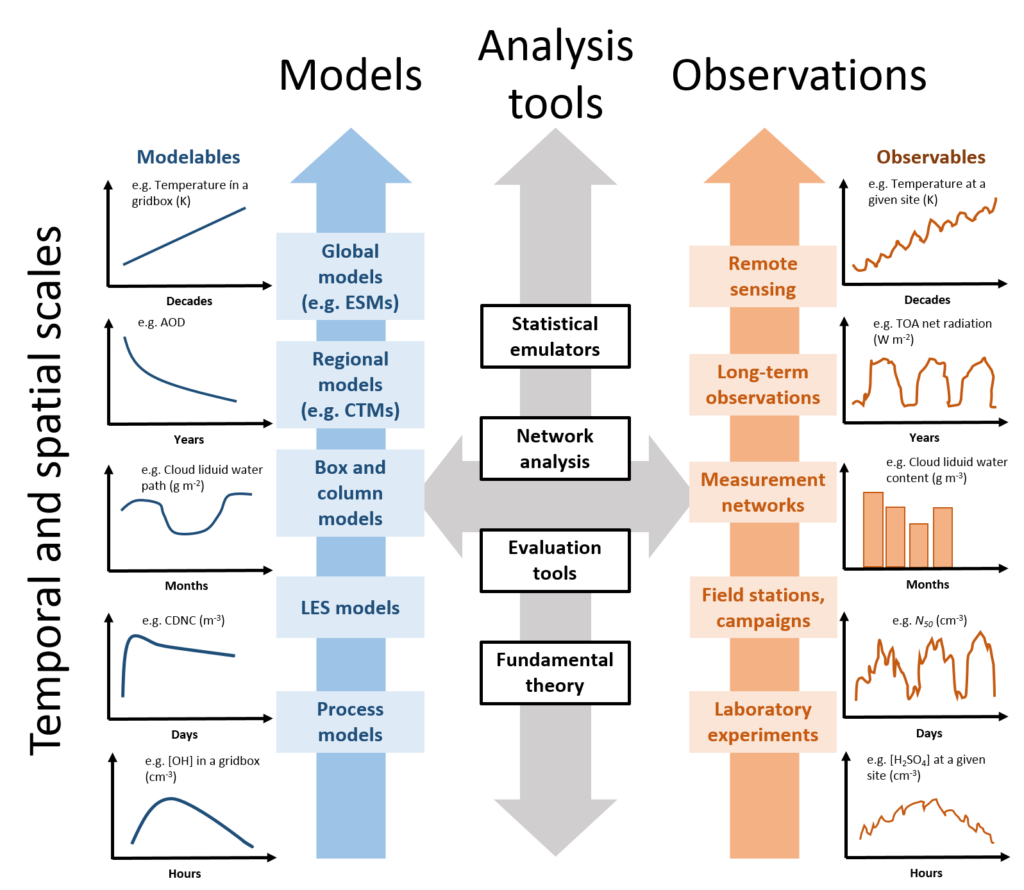Constrained aerosol forcing for improved climate projections
Understanding and reducing the long-standing uncertainty in anthropogenic aerosol radiative forcing.


The FORCeS Project
FORCeS was a research project funded by the European Union’s Horizon 2020 research and innovation programme (Grant Agreement no 821205) between October 2019 and March 2024.
Read more about the goals and project objectives of the FORCeS project.
The ultimate aim of the FORCeS project is to understand and reduce the long-standing uncertainty in anthropogenic aerosol radiative forcing. This is crucial if we are to increase confidence in climate projections.
FORCeS will identify key processes governing aerosol radiative forcing, as well as climate feedbacks related to aerosols and clouds, and improve the knowledge about these processes by bringing together leading European scientists
FORCeS reaches out to decision-makers and stakeholders and provides added-value information through workshops where climate science and climate policy experts meet to achieve maximum impact.
Latest news
Latest news
- May 3, 2024
FORCeS participants Liine Heikkinen, Daniel Partridge, Sara Blichner, Rahul Ranjan, Tuukka Petäjä, Claudia Mohr, and Ilona Riipinen just published a study investigating cloud response to co-condensation of water and organic vapors over the boreal forest in EGU Atmospheric Chemistry and Physics. In this paper, Heikkinen et al. have used advanced measurement technology to look at […]
Outreach & Resources
Links to modelling and experimental data & the database of publications resulting from the FORCeS project.


